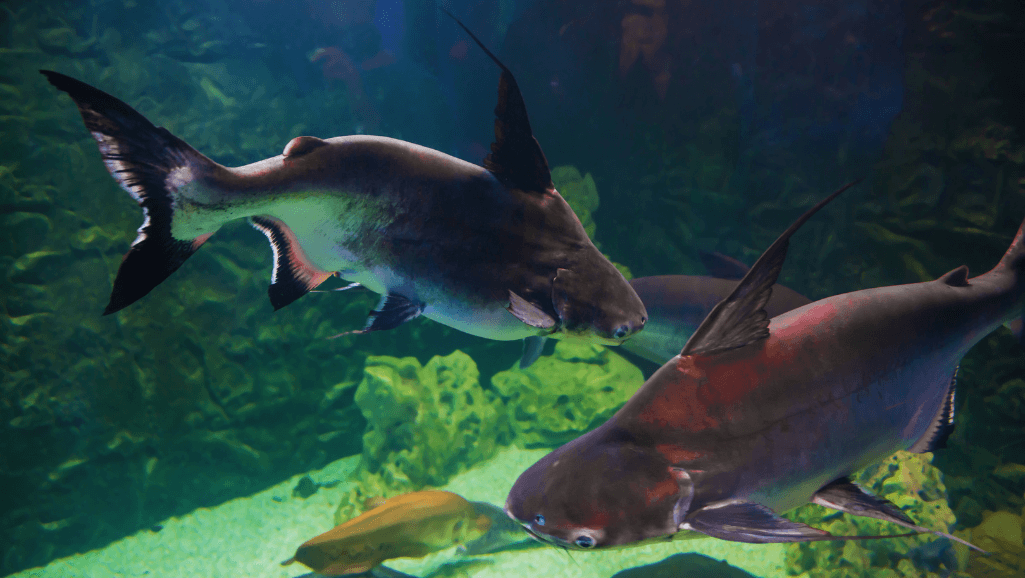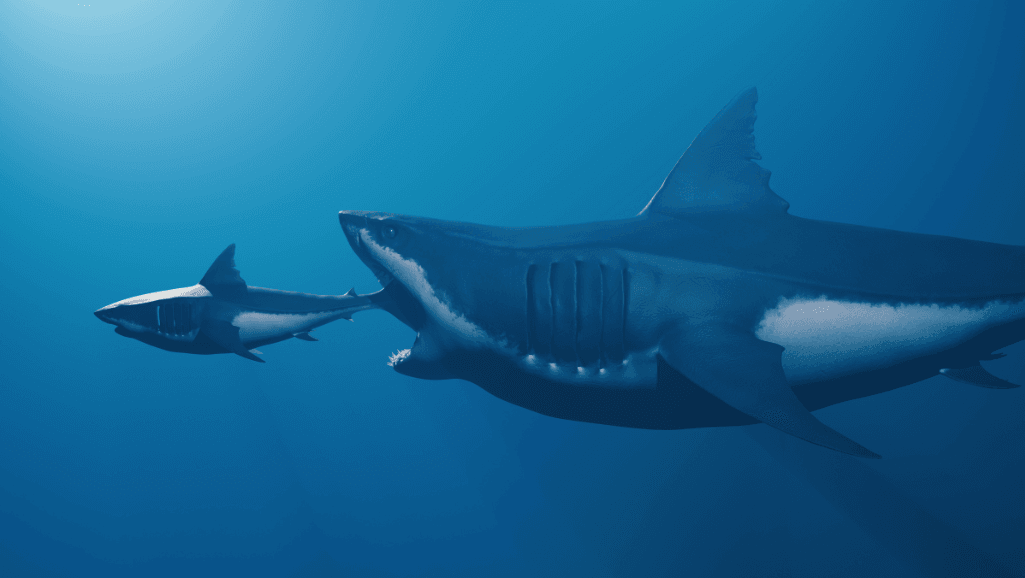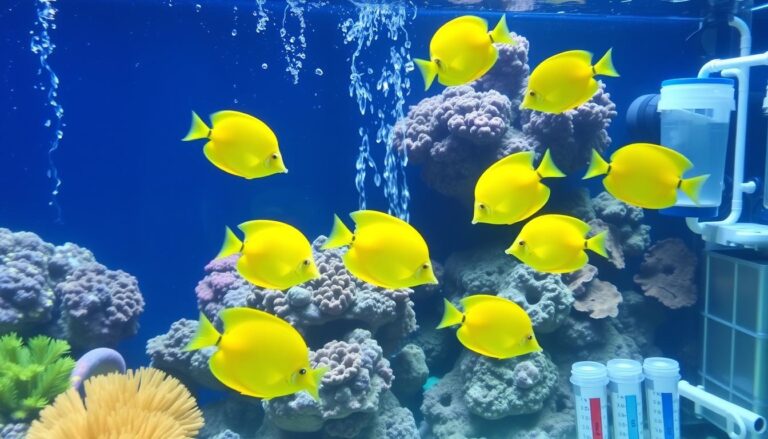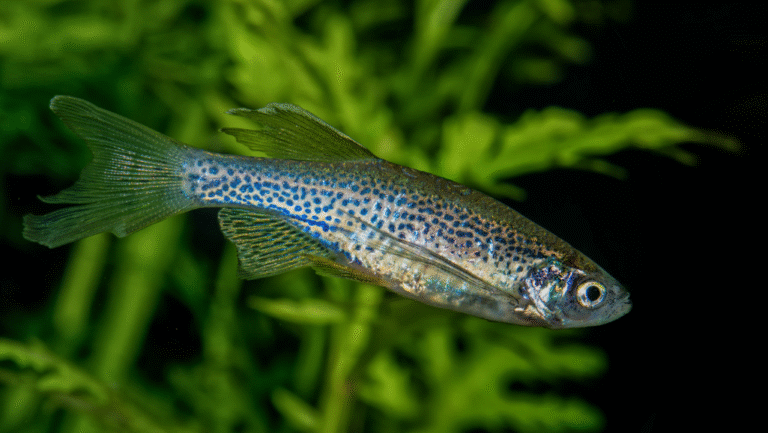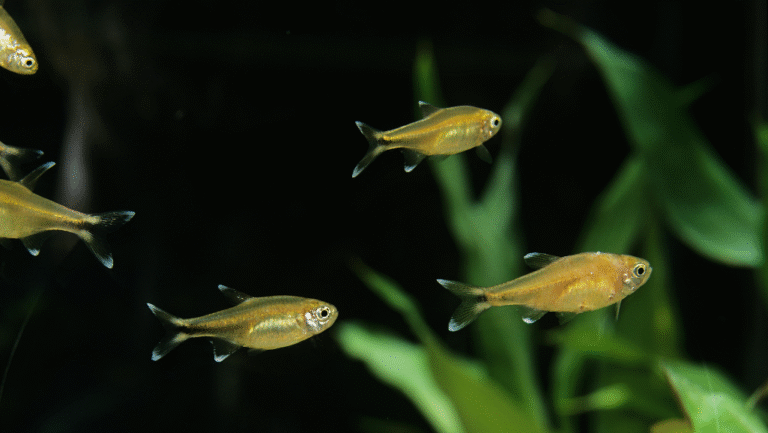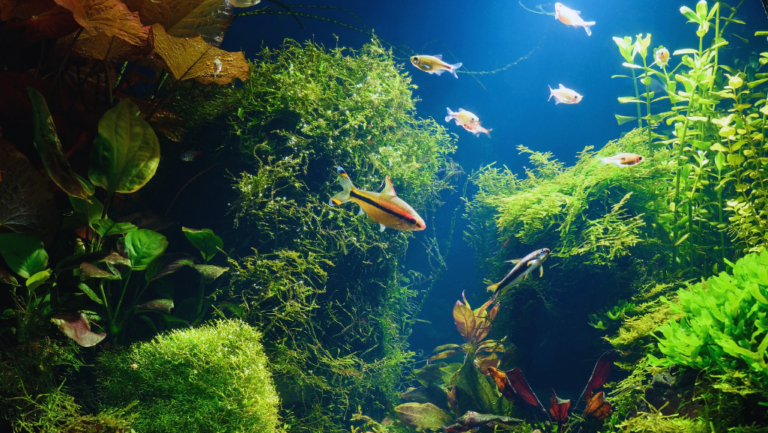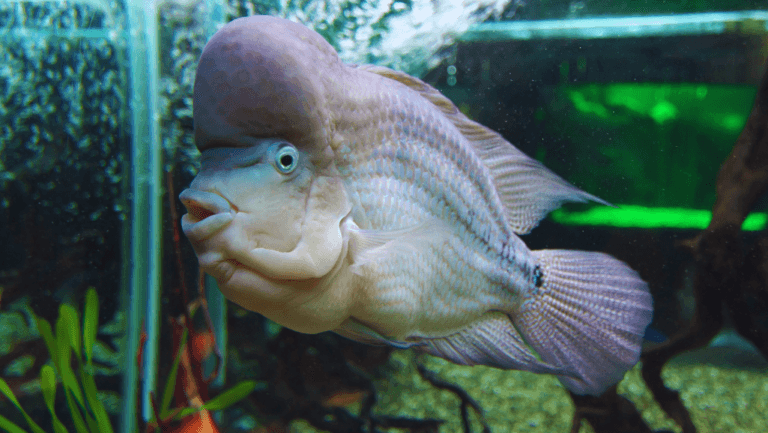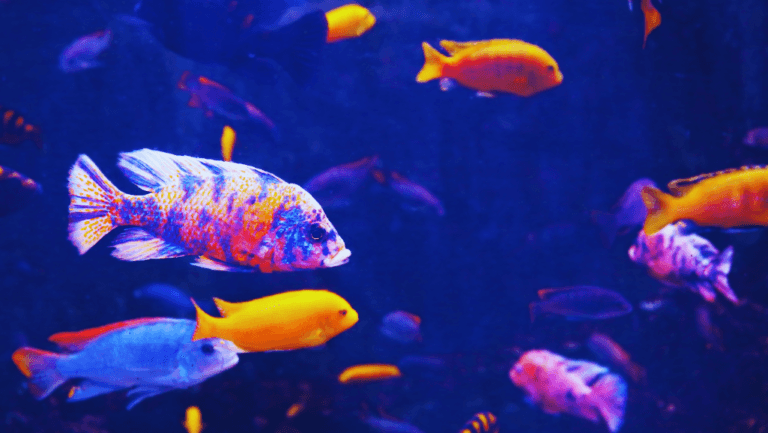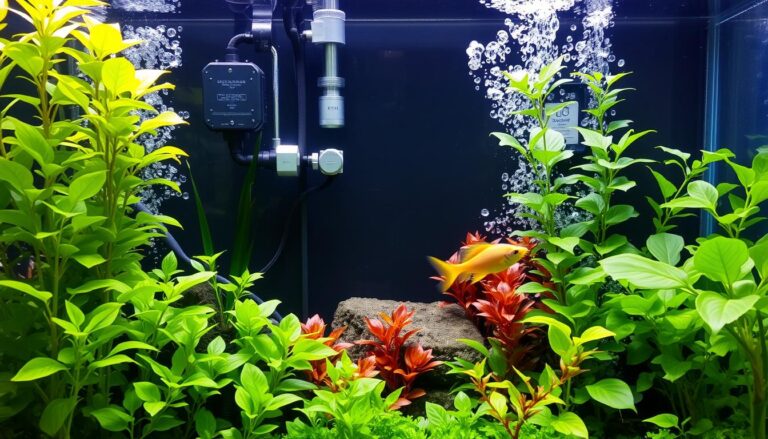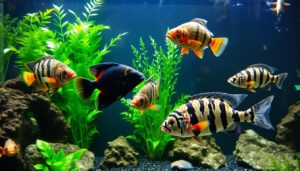Aquarium fans love the colorful and lively movements of vibrant tropical fish species. These fish add beauty and calm to any room. But, caring for the bigger ones can be tricky. They need a stable and clean home to stay healthy and bright.
This article offers key tropical fish care tips for both new and experienced fish keepers. We cover everything from setting up the tank right to picking the best fish. Follow our guide to make your aquarium a thriving underwater world.
Key Takeaways
- Keeping the aquarium clean is crucial, with a 25% water change every two weeks.
- Make sure big fish like Neon Tetra and Black Skirt Tetra have friends. A group of at least six is best.
- Good water quality is essential. Use beneficial bacteria and check the temperature daily to keep it at 78°F (25°C).
- Invest in good equipment like the Whisper® EX Series Filtration System and Tetra HT heaters. They make caring for your fish easier.
- Use Tetra® SafeStart® and Tetra® EasyBalance® to keep the water just right.
- For beginners, Fancy Guppies and Zebra Danio are great. They’re easy to care for and add lots of color.
Understanding the Basics of Big Tropical Fish Care
To care for large tropical fish breeds, start with a proper tropical fish tank. A big tank gives these fish enough room to live well. It also helps keep the tank’s ecosystem balanced, which is key for exotic tropical fish.
When picking a tank, think about the fish’s size and type. A Beginner’s Guide suggests bigger tanks. They keep water quality stable, which is good for exotic tropical fish.
Choosing the Right Tank
Look for a tank that lets your fish grow and swim freely. Glass tanks are better than acrylic for their strength and resistance to scratches. They’re great for tanks up to 150 gallons.
Maintaining Ideal Water Conditions
Keeping water quality high is vital for your fish’s health. Change 20-25% of the water weekly. The best water temperature is around 78°F. You might need heaters with 5 watts per gallon to get there.
The Importance of Filtration and Aeration
Filtration systems are key for clean, oxygen-rich water. They remove waste, help good bacteria grow, and get rid of toxins. This makes the tank a nice place for your fish. Good aeration is also important for keeping your fish healthy.
Setting Up a Suitable Habitat for Large Tropical Fish
Creating a great home for large tropical fish means knowing their needs and setting up the tank right. It’s about making the aquarium feel like their natural home. This helps them stay healthy and active.
Strategizing Tank Placement
Where you put the aquarium is key for your fish’s happiness. Don’t place it where it gets too much sunlight, as this can cause algae. Also, keep it away from loud noises and drafts that stress fish out.
Choose a spot that stays the same temperature and is easy to get to for upkeep. This keeps the environment stable and safe for your fish.
Decorations and Hiding Spots for Fish
It’s important to give fish places to hide and feel safe. Use decorations like plants and artificial ones to make the tank more interesting. Add things like caves, rocks, and driftwood for both looks and shelter.
But make sure these decorations are safe and won’t harm the water. They help fish relax and feel secure.
Think about the background and lighting too. Use materials that look like rocks and woods to make the tank feel more natural. This helps fish feel at home and behave naturally.
Good lighting, like LED lights, can also help. It makes the tank bright and healthy for plants and fish.
By paying attention to these details, you can create a great home for your tropical fish. It’s like giving them a piece of their natural world to live in.
Diet and Nutrition for Big Tropical Fish
The health of big tropical fish depends a lot on their diet. This diet also affects the water they live in. Knowing how to feed them right is key to their health and the water’s quality. Every meal should help them grow and stay healthy, meeting their specific needs.
Big tropical fish need a diet that fits their natural needs. By giving them a mix of the right foods, they can live longer and healthier. This also helps avoid problems with leftover food, which can harm the water.
Using prepared foods like pellets or gels is a good idea. It makes sure they get the nutrients they need in the right amounts. This shows a deep understanding of how to feed them well, balancing convenience with nutrition. It’s important to pick foods with good ingredients and few chemicals to keep them healthy.
Explore the intrinsic link between diet and vitality of these exotic species to provide the best care possible, enriching both their lives and the ecosystem they inhabit.
It’s also crucial to avoid overfeeding and stick to the right amounts. Feeding them no more than 1% of their body weight in dry food daily is a good rule. Watching how much you feed them helps keep them healthy.
In short, knowing a lot about diet for exotic underwater creatures makes a big difference. It helps big tropical fish stay healthy and creates a balanced environment for them. The right diet is essential for their well-being and the health of their home, making it a key part of caring for them.
Monitoring and Maintaining Water Quality
For those who love large freshwater fish and have aquariums full of vibrant marine life, keeping the water clean is key. Good care helps your fish stay healthy and your tank look great.
Testing Water Parameters Regularly
It’s important to watch the water quality closely. You should test for pH, nitrate, and other important factors often. For example, tropical fish need a pH between 6.8 and 7.8. Good water conditions help prevent sickness and stress in your fish.
Scheduled Water Changes for Tank Health
Regular water changes are crucial to keep the tank healthy. Changing about 25% of the water every two weeks helps control nitrate levels. This keeps the water clean and healthy for your large freshwater fish.
| Parameter | Freshwater Aquariums | Saltwater Aquariums |
|---|---|---|
| Temperature | 72°F to 86°F | Specific gravity: 1.020 to 1.025 |
| pH Level | 6.0 to 8.4 | pH Level: Use test kit |
| Nitrate | Below 50 ppm | N/A |
| Phosphate (PO4) | N/A | Below 0.2 ppm |
| Calcium | N/A | 350 to 450 ppm |
| Iodine | N/A | 0.04 to 0.10 ppm |
| Strontium | N/A | 4 to 14 ppm |
Following these tips and keeping an eye on your tank’s health will make it a great home for your fish and marine life.
Handling Common Health Issues in Big Tropical Fish
Keeping big tropical fish healthy means watching for any signs of trouble. These amazing creatures are more than pets; they’re part of a delicate underwater world. It’s crucial to manage their health well to keep the aquarium balanced.
Identifying common health issues early can save lives and stop diseases from spreading. Look out for signs like color loss, swimming problems, unusual marks, and acting alone. These are big warning signs that need quick action.
- Parasitic Infections: Treating issues like Ich (White Spot Disease) is key to stopping outbreaks that could harm many fish.
- Bacterial Infections: Problems like Aeromonas or Vibriosis need specific antibiotics to treat symptoms like bloody spots, ulcers, or fin rot. This is vital for keeping fish healthy.
- Fungal and Viral Infections: Diseases like Saprolegnia or Mycobacteriosis need special treatments. Fish can’t fight these off alone.
Prevention is key, starting with checking water quality often. Poor water can lead to health problems. Keeping the water right helps the fish stay healthy.
Addressing an outbreak means isolating sick fish and treating them right. It’s also important to check and adjust things like temperature, pH, and ammonia levels to prevent more problems.
In short, keeping big tropical fish healthy means being proactive and quick to act. Understanding their needs helps create a beautiful, healthy home for them.
Big Tropical Fish: Creating a Thriving Ecosystem
Creating a harmonious aquarium ecosystem for large exotic fish compatibility and tropical fish varieties harmony needs careful planning. You must understand the unique needs of different aquatic species. Ensuring the balance of colorful saltwater creatures requires attention to the environment’s physical and chemical properties.
Introducing Compatible Fish Species
To foster a thriving ecosystem, it’s important to choose fish species that get along. Large exotic fish compatibility greatly affects the aquarium’s health and balance. Pick species that like the same environment and have similar temperaments to avoid aggression. A guide to creating a thriving aquarium can help with species compatibility.
Balancing Chemical Levels in the Water
To keep a stable ecosystem, balancing chemical levels in the water is key. This means managing pH, ammonia, nitrite, and nitrate levels. Understanding the role of beneficial bacteria in the nitrogen cycle is also important. Regular testing and adjustments keep these levels safe for fish and plants.
| Parameter | Ideal Value | Importance |
|---|---|---|
| Average Nitrates Level | 20ppm | Prevents toxicity in fish, promotes healthy plant growth |
| Aquarium Lighting Duration | 6-8 hours per day | Supports photosynthesis in plants without promoting excessive algae growth |
| Ideal Substrate Depth | 1 1/2 – 2 inches | Optimal for root development and beneficial bacterial activity |
| Timescale for Aquarium Cycling | At least a few weeks | Establishes necessary bacterial colonies to detoxify the environment before introducing fish |
Understanding and managing an aquarium’s ecosystem enhances the living conditions of colorful saltwater creatures. It also makes the aquarium look stunning and healthy. By following these strategies, every species in the tank can thrive. Remember, achieving harmony in a tropical fish variety setup is a journey that needs patience and consistency.
Regular Maintenance Routines for Big Tropical Aquariums
For those dedicated to consistent care for exotic marine life, a good maintenance plan is key. This guide covers essential big tropical fish care for both new and seasoned aquarium owners.
Keeping a big tropical aquarium requires regular tasks. These tasks keep the fish and water healthy. They include water changes, checking water chemistry, and watching fish behavior.
| Activity | Description | Frequency |
|---|---|---|
| Water Changes | Regular water changes remove toxins and add minerals. Do weekly 10% changes and monthly 25% changes, plus gravel vacuuming. | Weekly/Monthly |
| Monitoring Water Conditions | Keep pH levels between 6.5 and 8.2. Maintain alkalinity and hardness levels. Test for ammonia, nitrite, nitrate, chlorine, and chloramine regularly. | Daily/Weekly |
| Filtration Maintenance | Wash pre-filters, replace carbon and cartridges as needed. Clean your filtration system based on its type. | Monthly |
| Quarantine New Fish | Quarantine new fish for two weeks. This helps monitor their health and acclimates them to your tank. | As required |
| Temperature and Lighting | Keep water temperatures between 74-82ºF. Provide suitable lighting to mimic their natural habitat. | Constant Monitoring |
Also, consider the fish size when setting up your aquarium. It impacts tank size and filtration needs. By following these maintenance steps and big tropical fish maintenance practices, you can improve your fish’s life and appearance.
Using automation tools like automatic feeders and advanced filtration systems can make maintenance easier. This lets you enjoy the beauty of exotic marine life more.
Choosing Big Tropical Fish: Species Selection Tips
Exploring the world of aquariums means picking the right colorful fish. It’s not just about looks; knowing each fish’s needs is key. A well-balanced tank with different fish adds beauty to any room.
Here are some tips for picking the best fish for your tank:
Understanding Species Temperaments and Size
Each fish has its own personality and size. For example, Cichlids are colorful but can be aggressive. Rainbowfish, on the other hand, are calm and good for community tanks. By researching each species carefully, you can keep your tank peaceful.
Big Tropical Fish That Are Peaceful and Community-minded
Some fish are perfect for living together in a tank. Gouramis and bettas are calm and easy to care for. Schooling fish like Neon Tetras add color and movement without causing trouble.
Here’s a comparison of some popular tropical fish, including their temperament and tank compatibility:
| Fish Type | Temperament | Suggested Tank Size (gallons) | Compatibility |
|---|---|---|---|
| Cichlids | Can be aggressive | 50+ | Specific species only |
| Rainbowfish | Peaceful | 30+ | High with similar peaceful fish |
| Gouramis | Peaceful | 20+ | Good |
| Neon Tetras | Very peaceful | 10 (school of 6+) | Excellent |
When picking fish, think about their size and how they’ll get along with others. Choosing the right fish creates a beautiful and lively home for them. This way, every fish can live happily together.
Conclusion
Starting your journey in essential big tropical fish care opens a world of wonder. It brings you into the amazing world of aquatic life. These vibrant species come from places like Southeast Asia and the Amazon Basin. They need a delicate balance to thrive, which requires understanding their environment well.
The reward is a fulfilling tropical aquarium experience. It’s a dynamic, living ecosystem in your own space. You’ve learned that the ideal temperature for tropical fish is between 75°F and 80°F. This temperature range is key to creating a healthy habitat.
Guppies, with their gregarious nature, dance in schools, while Gouramis add color to your tank. Each species brings its own charm to your aquarium. A thriving aquatic community comes from choosing the right species, understanding their diet, and maintaining their habitat well.
Keeping species like Danios and Cory Catfish in the right conditions is essential. It shows the pinnacle of enjoying majestic tropical fish. It provides them with an environment similar to their natural habitats.
Setting up an aquarium is more than just making it look good. It’s about creating a sustainable microcosm. This guide has covered many aspects, from temperature’s impact on goldfish to social dynamics in tanks. Understanding each species’ needs and behaviors is crucial for a nourishing ecosystem.
As you care for your underwater sanctuary, you’re not just keeping fish. You’re creating a living tableau that grows with every new addition and care decision. Seeing your big tropical fish stay healthy and vibrant is proof of a well-maintained aquarium.
